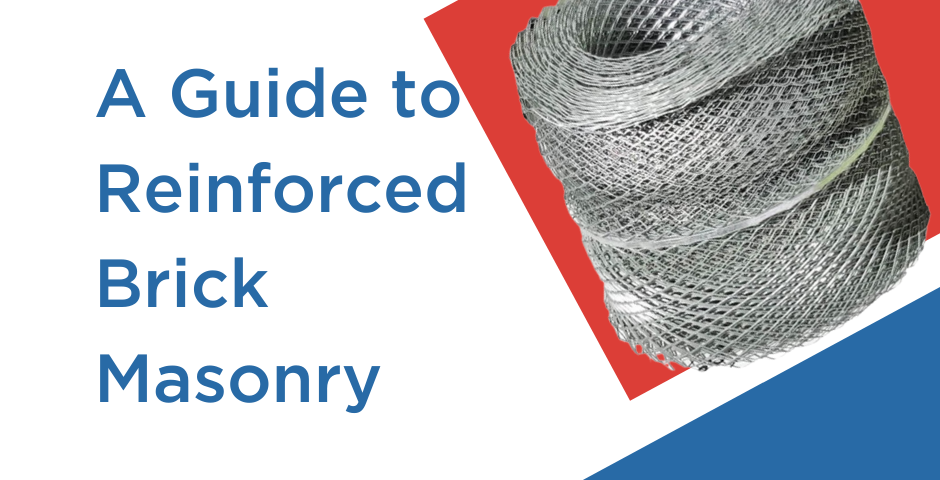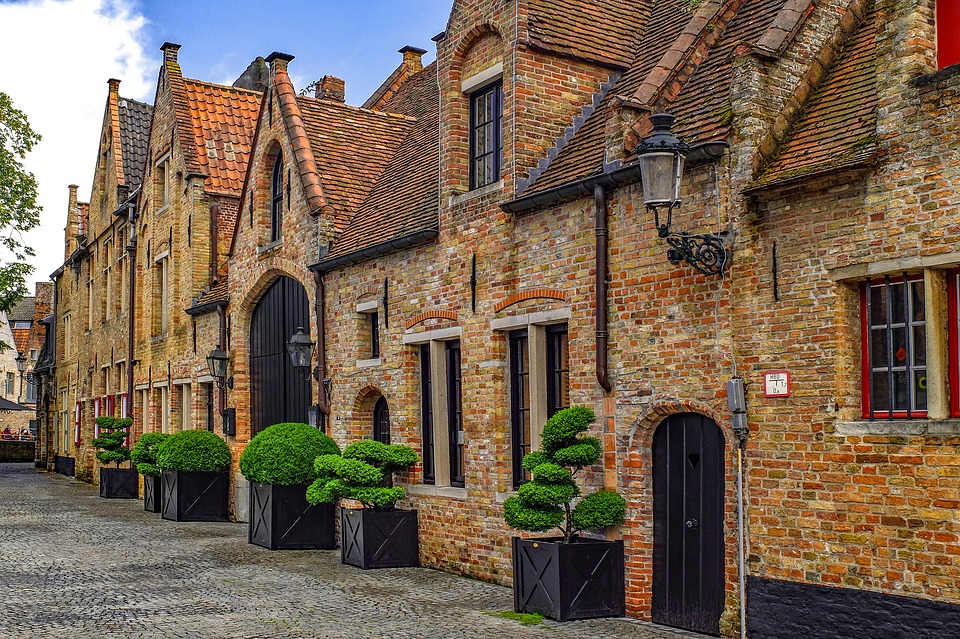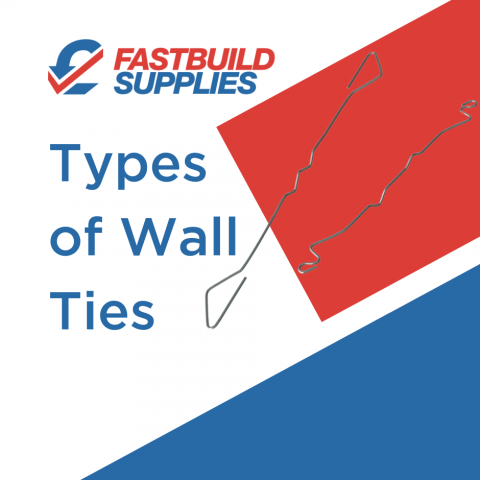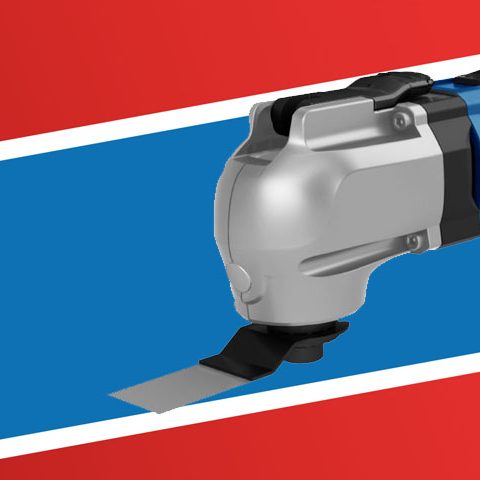
Brickwork reinforcement is a cornerstone of construction, particularly for larger structures, and comes in many forms, from brick reinforcement ladders to meshes. In this article, we take a look at why it’s important and the various materials available for your project here at Fastbuild.
What is Reinforced Brick Masonry?
Reinforced brick masonry, sometimes shortened to RBM, is simply the process of supporting brick walls and structures with steel reinforcement. Brick reinforcement has been part of buildings for hundreds of years and is the standard in most circumstances.
Why is Brick Reinforcement Important?
Bricks have been used in construction for centuries, as they have many advantages:
- Incredible durability.
- Fire and water resistance.
- Longevity.
- Aesthetic value.
With so many positives, it’s no surprise they remain the number one choice for external walls to this day.
However, despite each brick’s individual strength, brick walls can be quite weak if not adequately supported.
Reinforced brickwork provides much-needed strength to larger brick structures. While there are different methods of reinforcement (covered below), each essentially connects the individual bricks together through a material such as steel, creating a much stronger mass. As a result, many buildings are now built with some form of reinforcement.
You should always check with your architect or structural engineer to see if masonry reinforcement is required for your project.
Beyond basic stability, reinforced brick masonry also allows for bricks to be used in unique aesthetic structures that would otherwise not be possible. For example, overhead brickwork beams can only be created with the support of steel reinforcement.
Why Reinforced Brickwork is the Popular Choice
Brickwork is a classic building material, but in the modern age, there are various options available. Despite materials such as reinforced concrete and steel more widely available and utilised in modern builds, why is reinforced brick still the most popular choice?
The primary reasons for reinforced brick’s continued appeal are cost and aesthetic. Generally, it’s cheaper to build a traditional reinforced brick wall than using reinforced concrete or just steel. Also, many people want the classic look of a brick outer wall.

Types of Brick Reinforcement
There are various options available when it comes to brick reinforcement, each with its own advantages and uses. Which is required for your project should be specified by the architect or a structural engineer.
Brick Reinforcement Mesh
Reinforcement mesh is perhaps the most common form of brick reinforcement. Available in galvanised and stainless steel, it has the appearance of a metal sheet that is laid on top of every third brickwork course.
Brick reinforcement mesh is particularly useful for providing tensile resistance against settlement and helping to protect against local cracking. While it can support resistance against wider, overall cracking, it’s often not enough to reinforce a brick wall by itself.
Brick Reinforcement Ladder
A brick reinforcement ladder is similar to mesh, except that there is notably less material involved. The ladder is simply as the name suggests - two thin bars, usually made of stainless steel, with smaller bars connecting them.
There’s a bit of debate regarding whether to use mesh or ladders in brick reinforcement, as they both do similar jobs. Generally, people tend to use ladders for larger builds with vertical steel bars involved, as it makes grouting easier. However, they can also be used in other brickwork.
No matter what materials you need for your brickwork, you’ll find a great selection at great prices here at Fastbuild. With low trade prices on trusted brands and next day delivery, why not take a look today?




